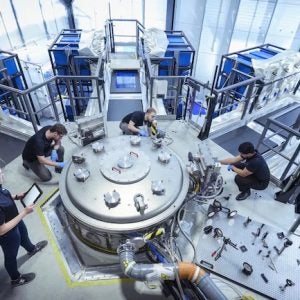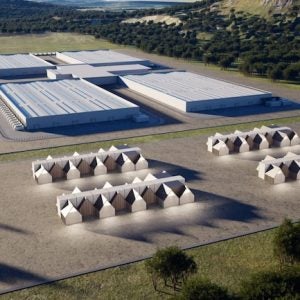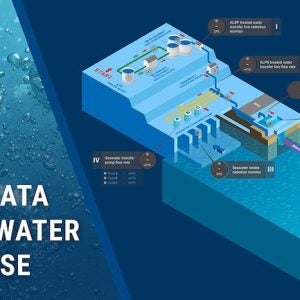Sweden’s Radiation Safety Authority (SSM) announced this week, that in accordance with an SSM proposal, the government had decided on new emergency zones for operations with ionising radiation.
For Swedish nuclear power plants, this means an internal and an external emergency zone as well as a planning zone with an approximate extent of 5, 25 and 100 kilometres respectively. “The change is important in order to improve the possibility of implementing effective protective measures in connection with a nuclear accident,” SSM said.
In 2017, SSM, in collaboration with the Swedish Agency for Social Protection and Emergency Preparedness, the County Administrative Boards in Uppsala, Kalmar, Hallands, Södermanland, Västmanland and Skåne and the municipality of Lund and the Rescue Services South, reported an assignment to the government where the agency proposed to make emergency preparedness zones.
The Government has now decided on a new regulation (2003: 789) on accident prevention, which means that the emergency zones for nuclear facilities are being redone, in accordance with that proposal.
In the zones, iodine tablets should be pre-distributed, the population should be able to be alerted quickly and there must be a planning for evacuation and indoor stay. Evacuation of the internal emergency zone must be prioritised over evacuation of the external emergency zone. A planning zone will also be introduced where there will be a planning for evacuation based on radiation from the ground cover radiation, a planning for indoor living and a planning for limited extra distribution of iodine tablets.
“This means, when the emergency zones are fully implemented, that Sweden meets international requirements for emergency preparedness for these operations, while lessons learned from the nuclear accident in Fukushima have been taken care of, said SSM specialist Jan Johansson.
The new contingency zones must be implemented in Swedish contingency planning by 1 July 2022.
SSM will provide the support requested and will, among other things, procure and stockpile iodine tablets, review alarm levels at the nuclear power plants, develop a national strategy for radiation measurements, procure and deploy new mobile dose instruments in the nuclear power tools, and adapt decision support and documentation provided to decision-making authorities in the event of contingency and planning zones.
Sweden has seven commercial reactors in operation at three nuclear power plants – three at Ringhals, three at Forsmark and one at Oskarshamn.






